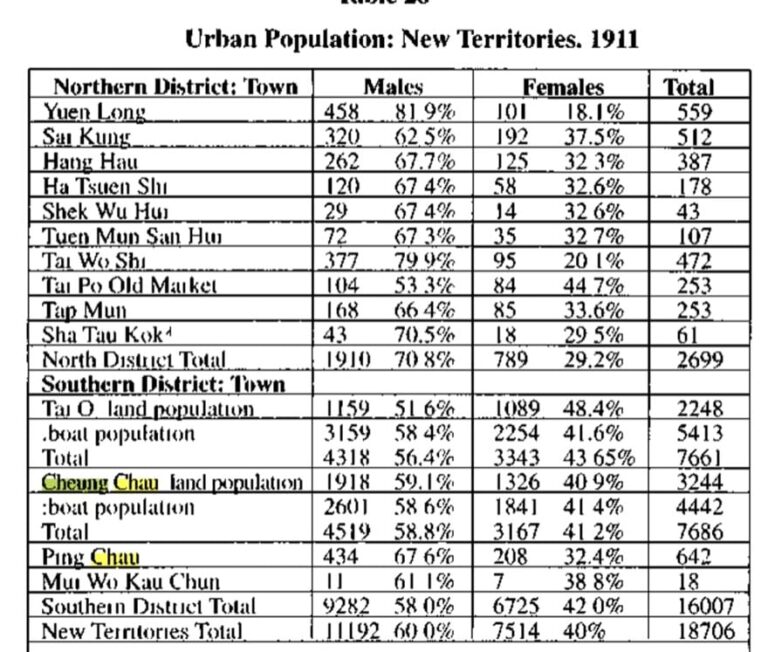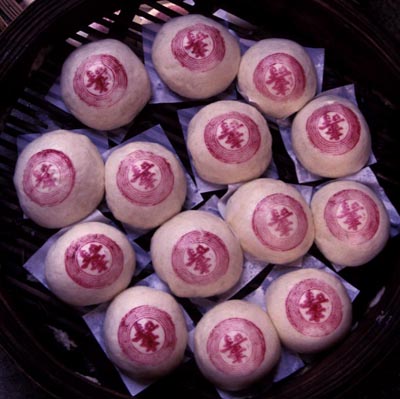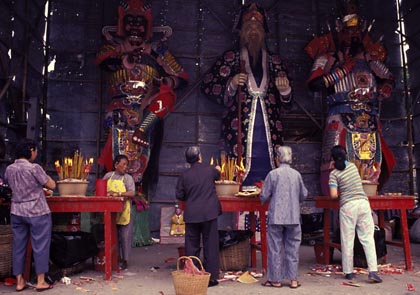Cheung Chau in the early 20th century: steam ferries, prostitutes and a golf course

An article by P.H. Hase on 1911 and 1922 censuses in Hong Kong has several snippets on and mentioning Cheung Chau; of some interest perhaps:

An article by P.H. Hase on 1911 and 1922 censuses in Hong Kong has several snippets on and mentioning Cheung Chau; of some interest perhaps:

Scenes of the Tin Hau Festival at Sai Wan, Cheung Chau, on 1 May 2010
Though most attention on the Bun Festival focuses on the parade day – this year to be held on 24 May – it’s actually held over several days: this year’s Bun Festival starts on 21 May (there’s also a Climbing Carnival the…

The Cheung Chau Bun Festival is a kind of Jiao Festival – a festival that a village might hold every year or every few years. More specifically, it’s a Tai Ping Qing Jiao [literal meaning: “the Purest Sacrifice celebrated for Great Peace”].…

Today is the climax of the Bun Festival, the annual blend of carnival and exorcism rituals, which marks the birthday of the island’s leading god, Pak Tei (“Northern King”). At the festival site, in front of the Pak Tei temple, stalls are…
There is little written history regarding Cheung Chau before the 18th century. But even early last century, some islanders said their families had settled on Cheung Chau hundreds of years ago, and we can guess something regarding the very early history based…
Though Cheung Chau has surely been settled – albeit not continuously – for thousands of years, it has only one well-known prehistoric site: the Bronze Age stone carving, just below the Warwick Hotel at Tung Wan. It’s thought to be around 3500…